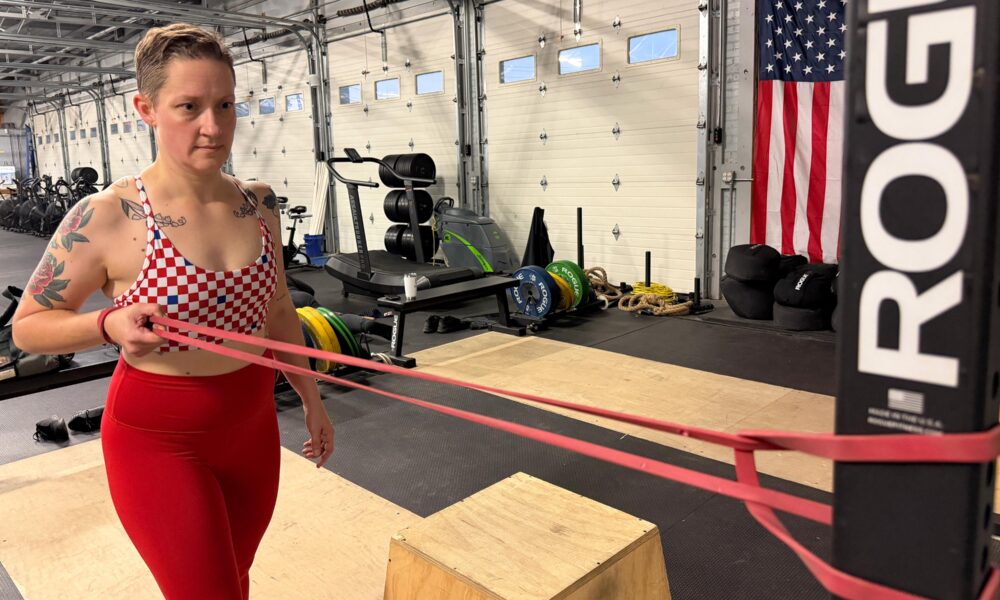The increasing reliance on personal devices has led to a widespread condition known as “tech neck,” characterized by forward head posture that can result in discomfort and restricted movement. Physical therapist Patrick Suarez from Albany, New York, emphasizes that this issue arises when individuals routinely tilt their heads forward, straining the muscles in the neck and upper back. While instinct may suggest that stretching offers relief, Suarez advises against it, noting that stretching can actually worsen the condition.
Suarez explains that when individuals lean forward to use their devices, they overstretch the muscles connecting the neck to the shoulder blades, leading to further discomfort. Instead of focusing on stretching, strengthening exercises are crucial for promoting proper alignment and alleviating pain.
Understanding Tech Neck and Its Causes
Tech neck is not exclusive to smartphone users. Those who spend extended hours driving may also experience similar postural issues due to automotive ergonomics. Suarez encourages individuals to maintain proper posture while driving by positioning themselves correctly in the seat. He suggests that drivers should ensure their backs are against the seat, shoulders relaxed, and the back of their heads resting against the headrest. Mirrors should be adjusted in relation to this position to promote a more ergonomic driving experience.
Suarez acknowledges that maintaining ideal posture throughout the day is unrealistic for many. He advocates for small, incremental changes, combined with targeted exercises to counteract the daily habits that contribute to poor posture. “We just need to work on it. Small increments. We work on it, we work on it, we get better,” he states.
Four Effective Exercises to Strengthen the Neck
Suarez has identified four specific exercises designed to combat tech neck by reinforcing the upper back muscles and ensuring that the ears align directly over the shoulders. These exercises target key muscle groups, including the levator scapulae and trapezius, crucial for maintaining a healthy neck posture.
1. **Wall Angels**
This exercise promotes better posture and thoracic mobility. Stand with your back against a wall, ensuring your low back, shoulders, and head are in contact with the surface. Keep your arms bent at 90 degrees and slide them up and down the wall while maintaining contact. This activity strengthens the upper back and encourages good alignment.
2. **Thoracic Spine Wall Rotation**
This mobility exercise enhances rotational movement in the upper back. Begin in a half-kneeling position beside a wall. With fingertips behind your ears, rotate your torso towards the wall, aiming to touch both elbows against it. Pause and return to the starting position before switching sides. This movement helps improve flexibility and mobility in the thoracic spine.
3. **Row Variations**
Pulling exercises can significantly improve shoulder blade positioning. Perform a single-arm row by anchoring an exercise band at chest height. Keep your chest up and pull the band towards your body, squeezing your shoulder blades together. This exercise reinforces muscles in the upper back, promoting better posture.
4. **Prone I’s, T’s, and Y’s**
These exercises target multiple muscle groups around the shoulder blades. Lying face down on a stability ball, lift your arms in different positions—forming I’s, T’s, and Y’s—while squeezing your shoulder blades together. This combination of movements fosters upper back strength and enhances overall head posture.
By incorporating these exercises into daily routines, individuals can combat the adverse effects of tech neck, enhancing posture and reducing discomfort. With consistent practice, the muscles that support proper neck alignment can regain strength, contributing to improved overall well-being.







